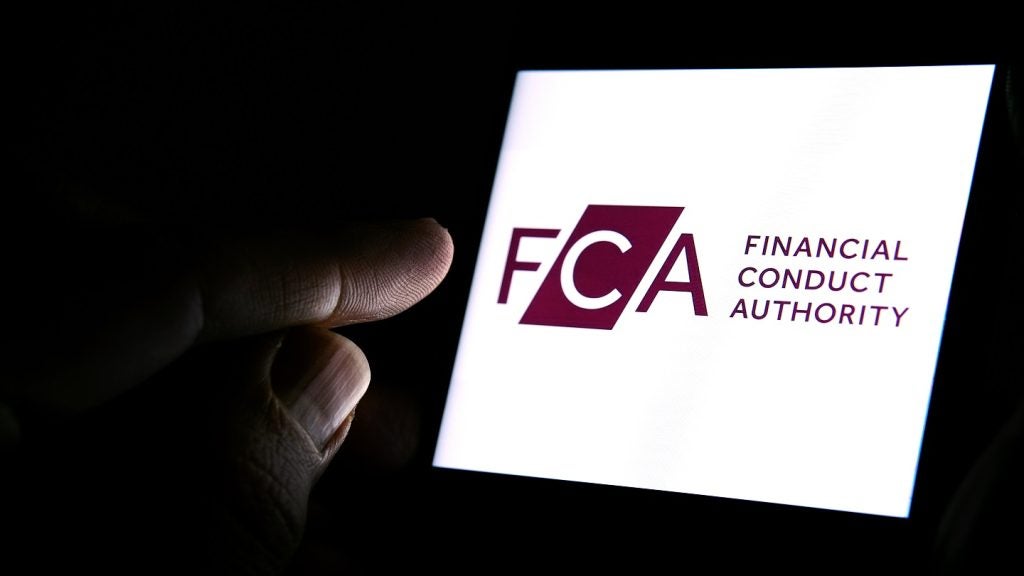
Automotive retail faces fundamental questions around future revenue streams and how they are managed, in response to two developing trends: the emergence of online channels and the shift from ownership to use, writes ICDP’s Ben Waller.
In addition to the continuing pressure on aftersales revenues which has previously underpinned dealer profitability, the confluence of two developing trends – the emergence of online channels and the shift from ownership to use – affect new car sales trading by potential reductions in volume of dealer sales, without any related reduction in costs.
Income sources from new car sales are highly fragmented, and complex management structures have evolved within franchise holders to ensure their ability to meet a range of manufacturer targets.
Every new car sold to retail customers today generates a complex set of incomes and costs for a franchise, which in summary are:
- The basic trading margin on the manufacturer invoice is added to by deferred bonus payments linked to quantitative – largely volume and mix – targets, and qualitative measures – customer satisfaction scores, meeting standards around training, systems, etc.
- In addition, the manufacturer frequently makes campaign payments, some of which are visible to customers, others not, but both being designed to shift certain products at certain points in time.
- In a market like the UK, where most retail sales are sold with consumer finance from the manufacturer’s finance subsidiary, largely PCPs where the customer has the option not to be responsible for the residual value of the car, this provides the dealer with commission.
- In the UK, the manufacturer’s finance subsidiary also provides support and funding for new vehicle inventory, including interest-free periods on dealer-owned cars held in compounds or at dealer sites.
Since such a fragmented revenue stream requires careful management controls to ensure that retail deals are made at acceptable prices, the larger and more professionalised dealer groups are better equipped to aggregate and optimise the revenue flows and associated costs in a way that should give them an advantage over smaller owner operators.
How well do you really know your competitors?
Access the most comprehensive Company Profiles on the market, powered by GlobalData. Save hours of research. Gain competitive edge.

Thank you!
Your download email will arrive shortly
Not ready to buy yet? Download a free sample
We are confident about the unique quality of our Company Profiles. However, we want you to make the most beneficial decision for your business, so we offer a free sample that you can download by submitting the below form
By GlobalDataBreak-even activity
Even so, the whole new car activity is barely more than a break-even activity for many dealers, given the investments and operating costs that are driven by the manufacturer standards.
With the new developments in online channels and mobility offers, the situation becomes more complex.
- If more online transactions are made between manufacturer and customer directly, then one possible – even likely – effect is that the margin and bonus payments will be replaced by payments for specific services provided, such as test drive and handover;
- If the manufacturer makes the sale, it is unclear whether the fulfilment by the dealer will count towards volume and other bonus payments;
- If the dealers’ own sales activity reduces, there should be a corresponding reduction in their fixed and operating costs, and investments including facilities and vehicle stock. Again, it is unclear that OEMs recognise the need for such adjustments;
- In some types of short-term mobility offer, the interactions with customers are very different with the financial flows going to the mobility operator, but services provided at point of use. If dealers provide all or some of these services, their customer in the financial sense becomes the operator – potentially a division of the OEM – and their revenue is then most likely made up of some base monthly payment plus a fee per service transaction provided. In addition, the profile of the staff required will be very different to today’s sales executives.
As online channels and mobility offers are both in their early stages, with unproven business cases, there can be no clear answers.
One possible outcome from the current pilots should be to clarify just how services are provided, to what extent this involves today’s dealers, and how exactly they are then rewarded.
In the meantime, the dealer role in selling finance and managing the new car transaction is largely unchanged, regardless of a shift for customers towards monthly customer payments for their cars and other services such as service plans.
If the nature of transactions change, for example via more direct-to-customer online sales by manufacturer, or towards more flexible subscription-based customer offers with shorter periods of commitment, then a more fundamental review of payment and reward schemes for dealer and other channel partners will be required.







